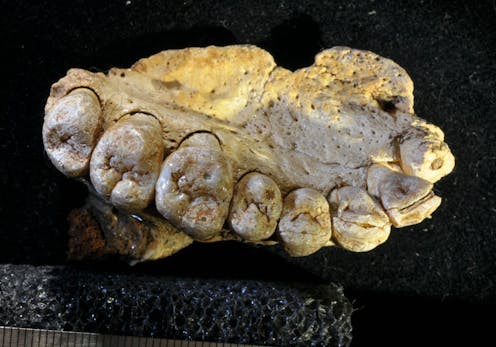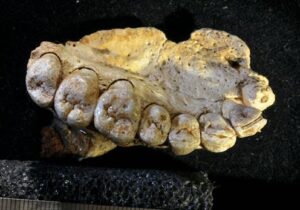
Recent research has revealed that a widely used imaging technique, micro-computerised tomography (micro-CT), may inadvertently harm fossils, challenging the long-held belief that the method is non-destructive. The study, published in the journal Radiocarbon, highlights potential risks associated with the preservation of invaluable paleontological specimens.
Fossils serve as essential windows into the past, offering insights into the evolution of species, ancient environments, and the behavior of long-extinct organisms. Traditional methods for studying these specimens often raise concerns about potential damage, prompting scientists to seek less invasive techniques. Micro-CT is frequently employed because it allows researchers to create high-resolution, three-dimensional images of fossils without physically altering them.
The technology operates similarly to medical CT scans but focuses on much smaller specimens, providing detailed internal views. This non-invasive approach has been instrumental in a range of studies, including identifying early signs of bone cancer and analyzing ancient human remains.
Despite its reputation as a safe method, the latest findings suggest that micro-CT might not be as benign as previously thought. In their investigation, researchers scanned various modern and fossil bones, measuring the collagen content before and after imaging. Collagen is crucial for dating fossils and understanding their biological context, yet the study revealed a concerning decrease in collagen levels—approximately 35% less in scanned samples compared to unscanned specimens.
The implications of this discovery are significant. While the radiocarbon dating of fossils remained unaffected, the reduction in collagen raises questions about the viability of certain analytical techniques post-micro-CT. This potential for irreversible changes could limit the range of studies that can be conducted on some fossil samples.
X-rays, used in micro-CT scans, are a form of ionising radiation, which can cause damage to living cells. Although the level of exposure is typically low, the effects on fossilized materials had not been thoroughly explored until now.
In an earlier study, researchers had indicated that micro-CT could artificially age fossils during dating processes, further complicating the reliability of results obtained from specimens that have undergone this imaging method. The cumulative evidence suggests that researchers should reconsider the categorization of micro-CT as a non-destructive technique.
The findings underscore the importance of cautious application of micro-CT in paleontological research. Scientists are encouraged to adhere to guidelines that minimize exposure and share data to avoid unnecessary repetition of scans on the same specimens.
Both Mathieu Duval and Laura Martín-Francés, key authors of the study, emphasize the need for a balanced approach that prioritizes the preservation of fossils while also advancing scientific inquiry. Their research was supported by the Spanish State Research Agency and the European Union through various funding programs.
As the scientific community continues to explore the complexities of fossil analysis, this study serves as a reminder of the delicate nature of these historical artifacts and the responsibility researchers carry in their stewardship.






